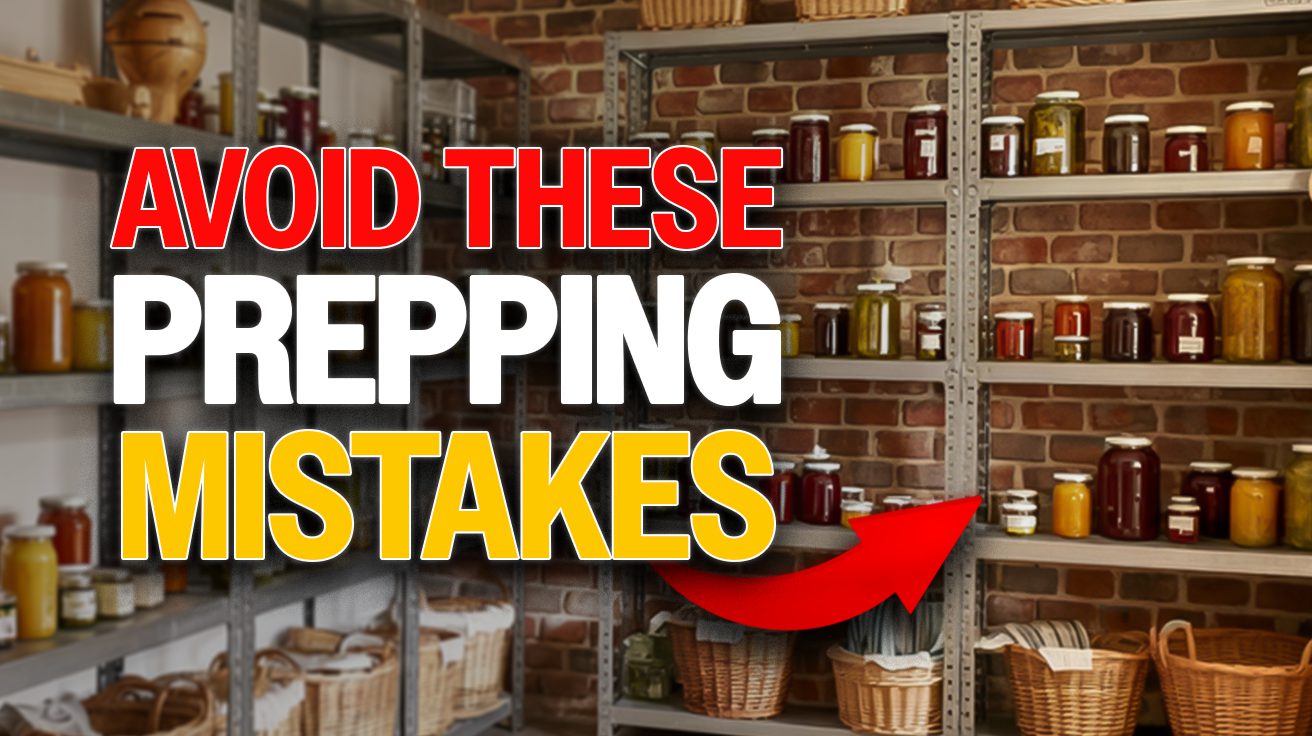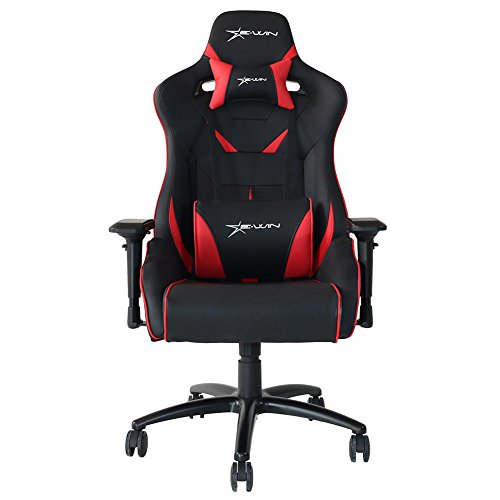Emergency food storage functions as the ultimate backup system for life’s most critical hardware – your family. The right containers, rotation methods, and storage conditions create a survival infrastructure that performs when conventional food systems crash, but most preppers make fundamental errors that compromise their entire stockpile.
Your emergency food system deserves the same attention to detail as your most essential tech.
Mistake 5: Unsuitable Storage Location

Choosing the wrong storage environment for emergency food is like keeping your vintage tech collection in a steamy bathroom – disaster waiting to happen. Modern homes rarely feature those spacious pantries of yesteryear, leading many preppers to stash supplies in garages where summer heat cranks up to laptop-overheating levels and winter cold rivals the refrigeration section at Costco. Temperature fluctuations and humidity are silent killers of shelf life, degrading food quality faster than an outdated operating system.
The optimal emergency food habitat requires cool, dark, and dry conditions – think of it as creating the perfect server room for your survival data. Interior closets and dedicated storage rooms offer the temperature stability your food needs, away from the elements that accelerate spoilage. Basements can work brilliantly if properly sealed against moisture, much like waterproofing your tech gear. Using durable bins adds another layer of protection, similar to how a good case shields your phone from unexpected drops. By distributing supplies across multiple locations, you’re essentially creating redundant backups – a strategy any tech enthusiast would approve.
Mistake 4: Improper Sealing and Packaging

That massive bag of rice from the warehouse store might seem like a great deal until you realize it’s packaged about as securely as early 2000s internet. Bulk purchases typically come in packaging designed for short-term retail display, not zombie apocalypse longevity. Exposure to air, light, and moisture degrades your emergency food faster than a Twitter trend, turning what should be a lifeline into disappointing mush when you finally need it.
Proper food packaging requires the same attention to detail as protecting expensive tech gear. Food-grade buckets, mylar bags with oxygen absorbers, and vacuum-sealed packages create a protective ecosystem that shields your supplies from their arch-enemies: air, light, and moisture. This multi-layered approach works like premium smartphone protection – each barrier adds years to your food’s functional lifespan. Different foods demand different storage solutions, just as various devices require specific accessories. High-fat items need protection from rancidity while dry goods require moisture barriers. Investing in quality containers pays dividends over time, extending shelf life from months to years – an impressive upgrade by any standard.
Mistake 3: Ignoring FIFO (First In, First Out) Rotation

Neglecting proper food rotation is the organizational equivalent of never clearing your browser history – eventually, things get messy and outdated. A shocking 40% of emergency stockpiles become wasteland zones of expired goods because preppers install their food storage system but never run the critical updates. Even meticulously packaged provisions have finite lifespans, with nutritional quality gradually downgrading like battery performance on an aging device.
Setting up a FIFO system requires placing older items front and center with newer acquisitions in the background – essentially creating the food storage version of a properly managed download queue. Some expired foods, particularly certain canned goods can become harmful, like malware in your system. Regular inspections for warning signs like bulging packaging, strange odors, or discoloration serve as your food system’s diagnostic scan. Creating an inventory tracking system, whether digital or analog, helps manage expiration dates with the precision of a well-maintained calendar app. Monthly rotation sessions that incorporate aging items into regular meal plans ensure nothing in your emergency arsenal becomes obsolete before it’s needed.
Mistake 2: Failing to Eat What You Store

Stockpiling foods your family has never eaten is like buying expensive tech accessories for a device you don’t own – pointless and potentially wasteful. The dedicated prepper who fills the basement with unfamiliar foods creates a survival paradox: having plenty to eat but nothing anyone wants to consume. Emergency situations already deliver enough stress without forcing family members to adapt to strange foods that feel as foreign as switching from iOS to Android overnight.
Integrating storage foods into regular meal planning creates familiarity that pays dividends during crises. The “store what you eat, eat what you store” principle works like beta testing software before full deployment – it identifies bugs in your system before they become critical failures. When families practice preparing and consuming emergency foods during normal times, they develop the skills and taste preferences needed during high-stress situations. Creating meal plans using stored ingredients allows for adjustments to match family preferences, much like customizing settings on a new device. This approach ensures your emergency food truly functions as designed when deployed, rather than sitting unused like that fitness app everyone downloads in January.
Mistake 1: Neglecting Water and Preparation

Forgetting about water needs is the emergency preparation equivalent of buying a smartphone but forgetting the charger – you’ve got impressive hardware that becomes useless without its essential companion. Many preppers meticulously collect freeze-dried meals without calculating the substantial water required for rehydration. That cup-per-serving water requirement multiplied across family members and meals creates a significant water demand that can’t be improvised when taps run dry.
Water preparation planning requires the same thorough approach as setting up a comprehensive smart home system – everything must work together seamlessly. Alternative cooking methods become essential when conventional utilities fail, similar to having backup power banks when the electricity goes out. Tools like pressure cookers and solar ovens can minimize water usage during preparation, functioning like efficiency apps that maximize limited resources. Planning approximately one gallon per person daily, plus additional cooking reserves, provides the operating capacity your food system needs. Incorporating both storage solutions and purification methods creates redundancy in your water system, ensuring your carefully collected food supplies won’t become unusable due to a single point of failure. To stay safe, make sure to read about the must-have items every prepper should stockpile.





























